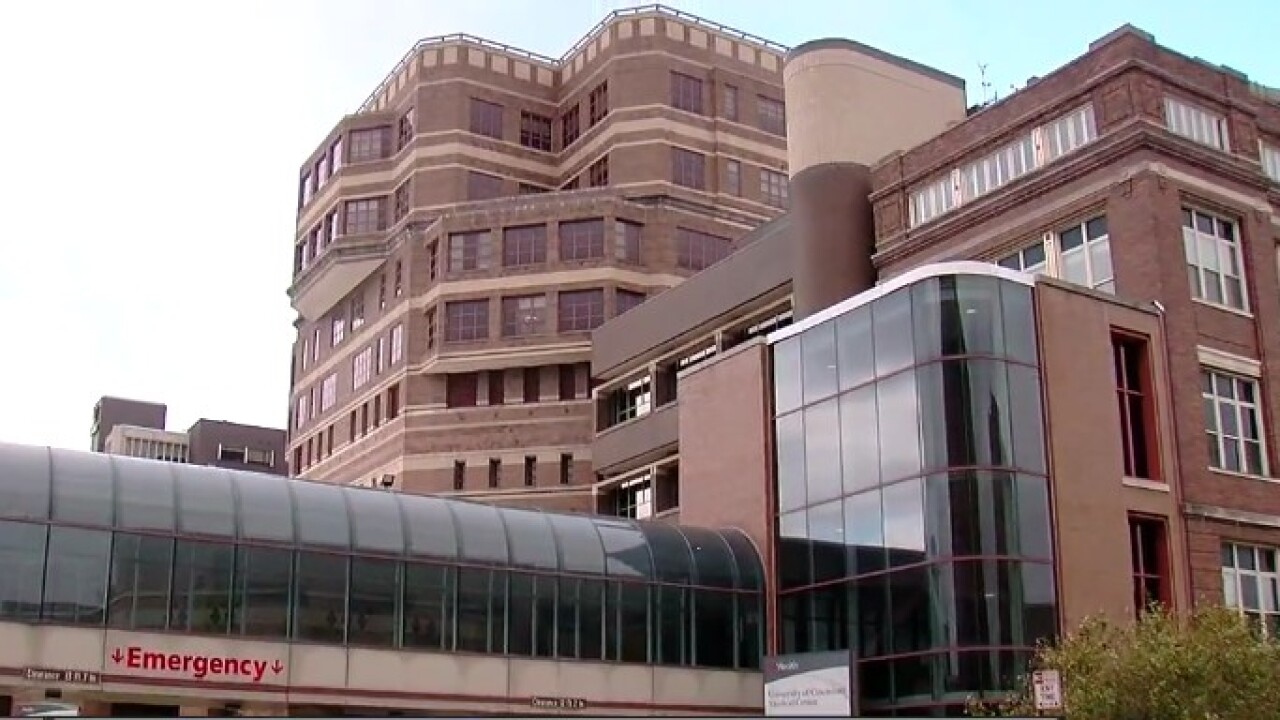CINCINNATI — It will be the biggest expansion of the University of Cincinnati Medical Center since it started 200 years ago.
The $221 million project will include a larger emergency department, more operating rooms and the ability to add more patient rooms.
Just in time, too, said Dr. Richard Lofgren, President & CEO of UC Health.
"Our facility really is at capacity, so we really are busting at the seams, really running occupancy well above 95 percent," Lofgren said.
When Daniel Drake helped start the Medical College of Ohio in Cincinnati a full two centuries ago, he could never have imagined today's UC Medical Center or what it would become.
"I think at this point in time, we really need to make sure that we have the facilities to accommodate what we do for this community,” said Lofgren.
UC Health will spend $110 million to nearly double the existing emergency department, including building three additional floors above it for an ICU and future patient rooms.
The building at 3200 Burnet will be demolished to make way for two new parking garages at a cost of $40 million.
And, there will be a new three-story surgery building with 21st-century technology.
"We really need to make sure that we're have ORs that can house the technology,” Lofgren said, “so the space and the kind of facilities that need to be put into an operating room are different than they were 20 years ago."
The announcement comes as UC Health is already updating its lobby and outdoor lighting. And it comes as the Uptown area is seeing plans for hundreds of millions of dollars in investment in the Innovation Corridor.
"These investments are going to increase the quality of care and life when lives are on the line," Lofgren said.
Hospital leaders say the investment will allow Tri-Staters to get specialized medical care in the city versus going elsewhere.
"Programs like bringing heart transplant back to this community, bringing proton therapy in unique ways."
Once construction begins, everything should be completed in about five years.
All of the expansions will actually take place in the hospital's existing footprint.
The hospital says this is the first phase of a long-term facility master plan.






